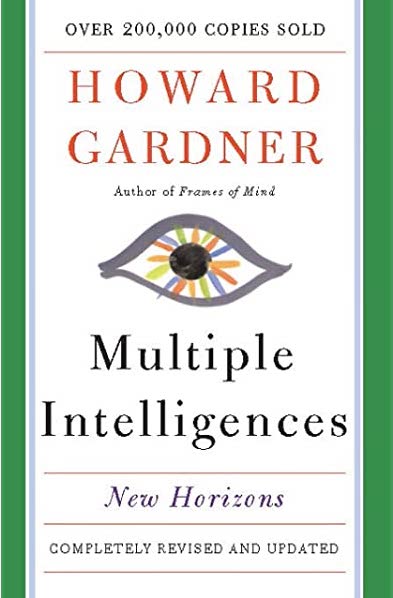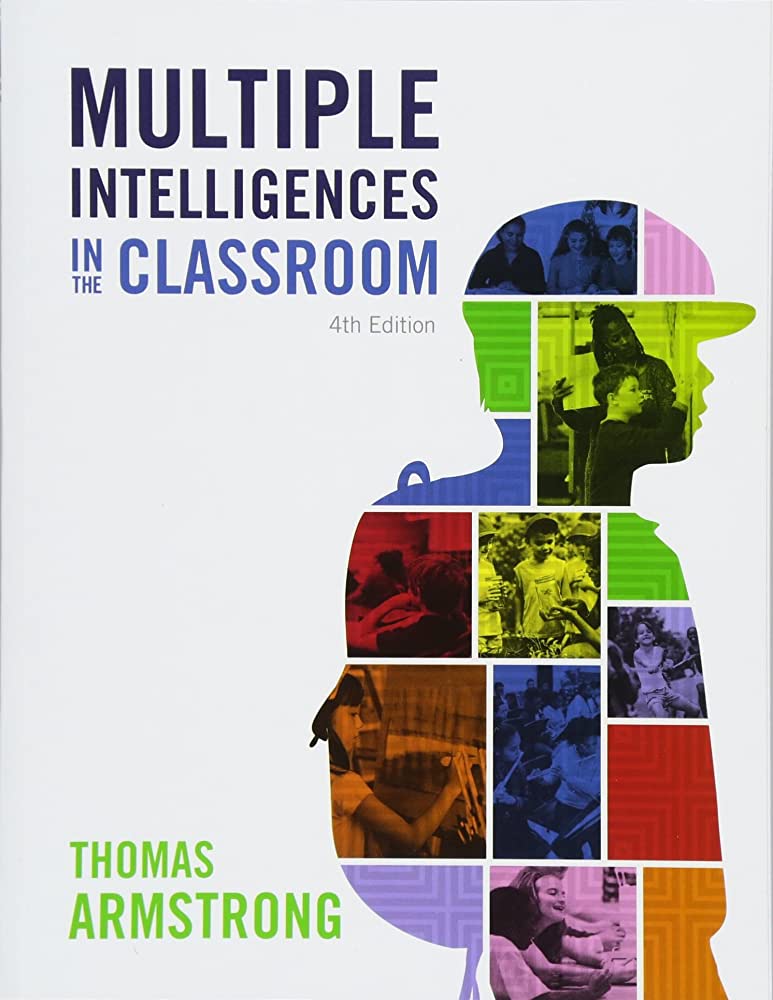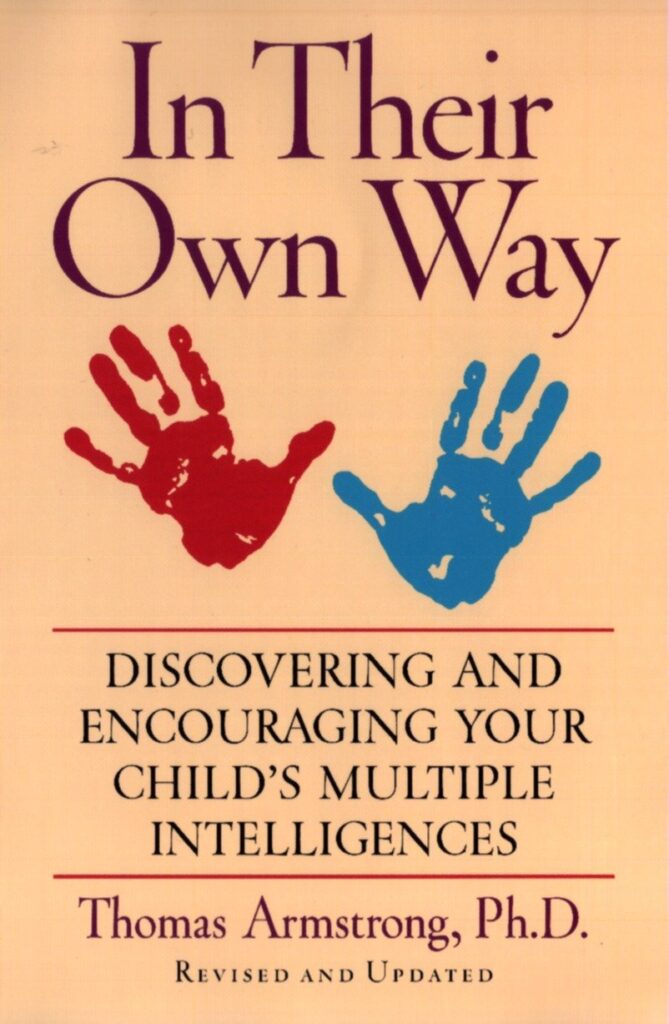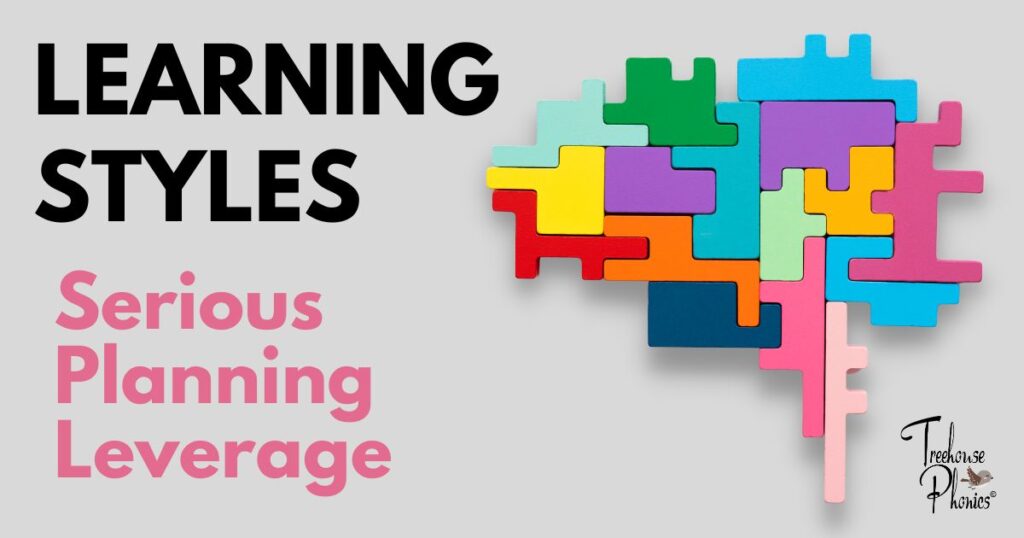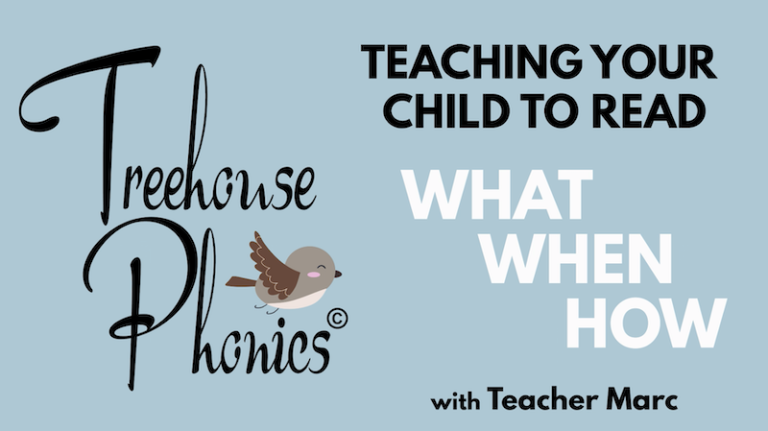You want more than anything to connect with your child and deliver highly effective and engaging lessons that guarantee success. This begs the question; What can help me make that solid connection? My inquisitive friend, you have come to the right place. Keep reading and discover how a deeper knowledge of learning styles can empower parents to connect deeply with their child’s unique strengths, igniting a tailored learning experience that fuels excitement and maximizes their child’s full potential.
This secret weapon is by no means a new player on the education scene and for years I honestly saw no value in it. As a kindergarten teacher, I was constantly hit with theories and methodologies that sounded for the most part like new-age psychobabble. Then one day, I was forced to show proof that I was actively implementing something called Gardner’s theory of multiple intelligences throughout my lessons. It was a hard pill to swallow, considering the source. As this man chimed on about this fool-proof revelation of Biblical proportions, it was hard to take him seriously. During his animated delivery, he was wearing tattered Birkenstocks with white sports socks, an orange turtleneck sweater in the middle of summer, and a rather large-rimmed fedora, indoors I might add. Needless to say, he was the boss and I wasn’t about to lose my job over something so trivial, so I dove into it head-first… and never looked back.
Gardner’s theory of multiple intelligences suggests that we have nine different types of intelligences tucked away in their minds with one or more showing prominence over the others. Thus, having a huge impact on a person’s style of learning. The idea is that knowing where our student’s strengths are, gives educators a greater understanding of how to get through to that student. When I first heard the phrase Multiple Intellegences I immediately thought that this man was suggesting that every kid in my class was a closet schizophrenic. I hope you did not draw the same conclusion. That would have been alarming. We are not talking about multiple personalities but rather, multiple styles of learning.
Let’s explore each one and as we do, try your best to visualize a connection with the way your child likes to learn. There are nine learning styles (intelligences) to choose from and it would not be unusual if your child showed proficiency in more than one.
Linguistic Intelligence
This intelligence involves a sensitivity to spoken and written language, as well as the ability to effectively use language to express oneself, understand others, and engage in activities such as reading, writing, and public speaking. With young children, even a session of Show and Tell can spark a very interesting exchange as they speak exuberantly about a favorite toy or book. These children are generally keen on expanding their vocabulary and as educators, we want to keep that train rolling! Continue to stimulate their need for expression and help them understand that the right choice of words used in the right context can be a very powerful tool that commands attention and promotes strong leadership skills.
Logical-Mathematical Intelligence
I call this one the Mr. Spock intelligence or “Spock Style” for short since the focus lies on logical reasoning, problem-solving, numerical and scientific thinking, and the ability to recognize patterns, analyze data, and make connections based on logic and reason. Your tailored curriculum would thus include and encourage word games to reinforce phonics, letter-sound relationships, and decoding skills. Incorporate patterns and sequencing in reading exercises.
Did you think there was a reading connection? I’m glad you did! This learning style will greatly assist your child in seeing patterns in spelling and allow them to effortlessly group similar word spellings and word families together. Making these connections is a HUGE advantage in learning to read.
Musical Intelligence
Musical intelligence relates to sensitivity and proficiency in understanding, creating, and expressing musical patterns, rhythms, tones, and melodies. It encompasses musical appreciation, composition, performance, and the ability to recognize and understand various aspects of music.
If you are not musically inclined or consider yourself tone-depth, this could be a challenge for you. Shaping your curriculum around this learning still will not be easy. Thankfully, there is YouTube to the rescue. Let some of the online talent do the heavy lifting for you. Remember too, that hearing the singsong of language and the ability to distinguish sounds within words is a tremendous leap forward in Phonemic Awareness.
Bodily-Kinesthetic Intelligence
This intelligence involves the ability to control and coordinate one’s body movements, utilize fine and gross motor skills effectively, and demonstrate physical dexterity and agility. They’re going to move and fidget during lessons and while it may look like they are not paying attention, you can channel that “restlessness” by incorporating movement into reading sessions. Act out stories, use gestures for letter sounds, or engage in hands-on activities like building words with tactile materials. Multisensory learning is key to keeping your physically active learner focused on the lessons.
Spatial Intelligence
Spatial intelligence involves the capacity to perceive and understand visual and spatial relationships. It includes skills like mental imagery, spatial reasoning, artistic creativity, and the ability to visualize and manipulate objects in the mind’s eye. Now that was a mouthful! This style of learning is going to take creative planning and dare I say, borders on being a more abstract learning style.
You will need to incorporate visual aids, such as flashcards, colorful illustrations, and mind maps, to enhance visualization and comprehension. Encourage children to create their own visual representations of stories. This style of learning lends itself to some amazing compositions and free-form expression. Let them stray from storylines and develop additional characters into the plot. Mess with the plot. It’s all good! These learners thrive when they are unencumbered to develop their own thoughts and ideas.
Interpersonal Intelligence
Interpersonal intelligence relates to the ability to understand and interact effectively with others, demonstrating empathy, social awareness, and strong communication skills. It encompasses skills such as collaboration, leadership, diplomacy, and the ability to navigate social dynamics.
This one will present a common challenge experienced by most homeschooling parents. Socializing. In a classroom setting, children are often asked to pair up or collaborate in small groups but the homeschooling parent does not have this luxury. If your child is an interpersonal learner, they need social interaction to thrive. I encourage you to reach out to other homeschooling parents in your community. Facebook groups are a great place to search for like-minded educators like yourself. In this way, you will have a greater chance to encourage peer interactions through buddy reading or book clubs, where children can discuss their reading experiences and share book recommendations with each other.
Intrapersonal Intelligence
Intrapersonal intelligence refers to self-awareness and understanding one’s own thoughts, emotions, strengths, and weaknesses. Individuals with intrapersonal intelligence have a strong sense of self and are skilled at self-reflection, introspection, and self-regulation.
I distinctly remember teaching children with an intrapersonal learning style. Please don’t confuse the term intrapersonal with being an introvert. The intrapersonal learner is not anti-social or self-absorbed. They are comfortable in their own skin and display healthy self-confidence that makes them an absolute blessing to have in a classroom. In my experience, they set rock-solid role models for others and were highly dependable in handing in assignments on time. So, how do we tailor learning for these ones with regard to reading?
You want to foster independent reading by providing a quiet and comfortable reading space. Build them a personal library to call their own. Display their books out in the open. This sends a message that their choices are respected and valued. As they get a little older, you can encourage reflection and self-assessment by having your child keep reading journals or write personal responses to what they read.
Naturalistic Intelligence
Naturalistic intelligence involves sensitivity and understanding of the natural world, including the ability to recognize and classify various aspects of the environment, such as plants, animals, and natural phenomena. It includes skills like observation, identification, and categorization of natural elements. This is one style I like to call the Outdoorsy Learner.
This one seems to be the most budget-friendly of all the learning styles. Nature provides us with an infinite pallet to choose from. A never-ending source of curricular material just waiting to be discovered and the wonderful part is that your naturalistic learner will absorb it like a sponge! Your job will be to make connections. As you move through each core subject, help your child to quench their curiosity by complimenting their outdoor experiences with nature-themed books or stories that expand their knowledge of the environment around them. If you too are the Outdoorsy nature-loving type, you and your child are going to have a blast!
Existential Intelligence
Initially, Gardner introduced his theory with a list of seven intelligences. The existential intelligence or learning style was one of two he added later. This one might prove to be a curveball for some. I call this one the Thinker. It relates to pondering philosophical and existential questions about human existence, meaning, and purpose. It involves reflecting on the deeper aspects of life and contemplating abstract concepts.
Customizing the learning experience to stimulate this style of learning will be a challenge especially if you are quite happy not to question the status quo. Keep a close eye on this one. We live in a time of woke and cancel culture where youths are encouraged to quickly dismiss or criticize anything that does not immediately align with their political or moral perceptions. Opinions change. Sometimes we’re wrong. These learners will be quick to question everything but we must help them to develop a love of truth and pursue it at all costs. There is nothing more frustrating for these learners than to be left in the dark. The worst answer you can possibly give these ones is; “That’s just the way it is.”
Use age-appropriate language to answer their questions to the point of complete satisfaction. This does not have to happen in one session. Be quick to admit when you don’t have the answer but never leave them hanging too long. Do the research and present your findings. When they are old enough, show them how to look for answers on their own and help them distinguish the difference between credible sources and to steer clear of left-wing trollers that plague our world wide web today.
Lastly, engage your child in discussions about the deeper themes and moral lessons present in books. Encourage reflection on characters’ motivations and encourage philosophical discussions. I still remember my 5th-grade teacher facilitating a very lively discussion of the conclusion of Of Mice and Men.
Conclusion
We need to remember that just about every single teaching methodology is rooted in theory. Some are labeled as fads. These theories are evolving constantly and while we keep a watchful eye on theories that lose credibility over time, we as educators are keenly astute to what works and hold on to anything that leverages success and connects us with our young learners. I’ve shared Gardner’s theory of multiple intelligences because I’ve seen the wisdom and applied this theory to connect with my students on a much deeper and more effective level. One final word of caution. While it might seem very useful and convenient to assume a singular learning style will cover all the bases, the complexity of human intelligence leaves us to consider the possibility that your child may exhibit strengths of more than one learning style and you may need to consider this in your lesson planning.
Recommended Viewing
Recommended Reading
If you found our discussion of multiple learning styles interesting and wish to implement this powerful tool in your homeschooling, you’re welcome to explore this further with the recommended reading below. Please note that I am not an Amazon affiliate and none of the links provided are linked to profit from your choices. By all means, shop around in bookstores to find the best deals.
